Does a Hard Money Loan Appear On My Credit Report?
Many real estate investors new to hard money loans ask, “Does a hard money loan appear on my credit report?” This question comes up several times...
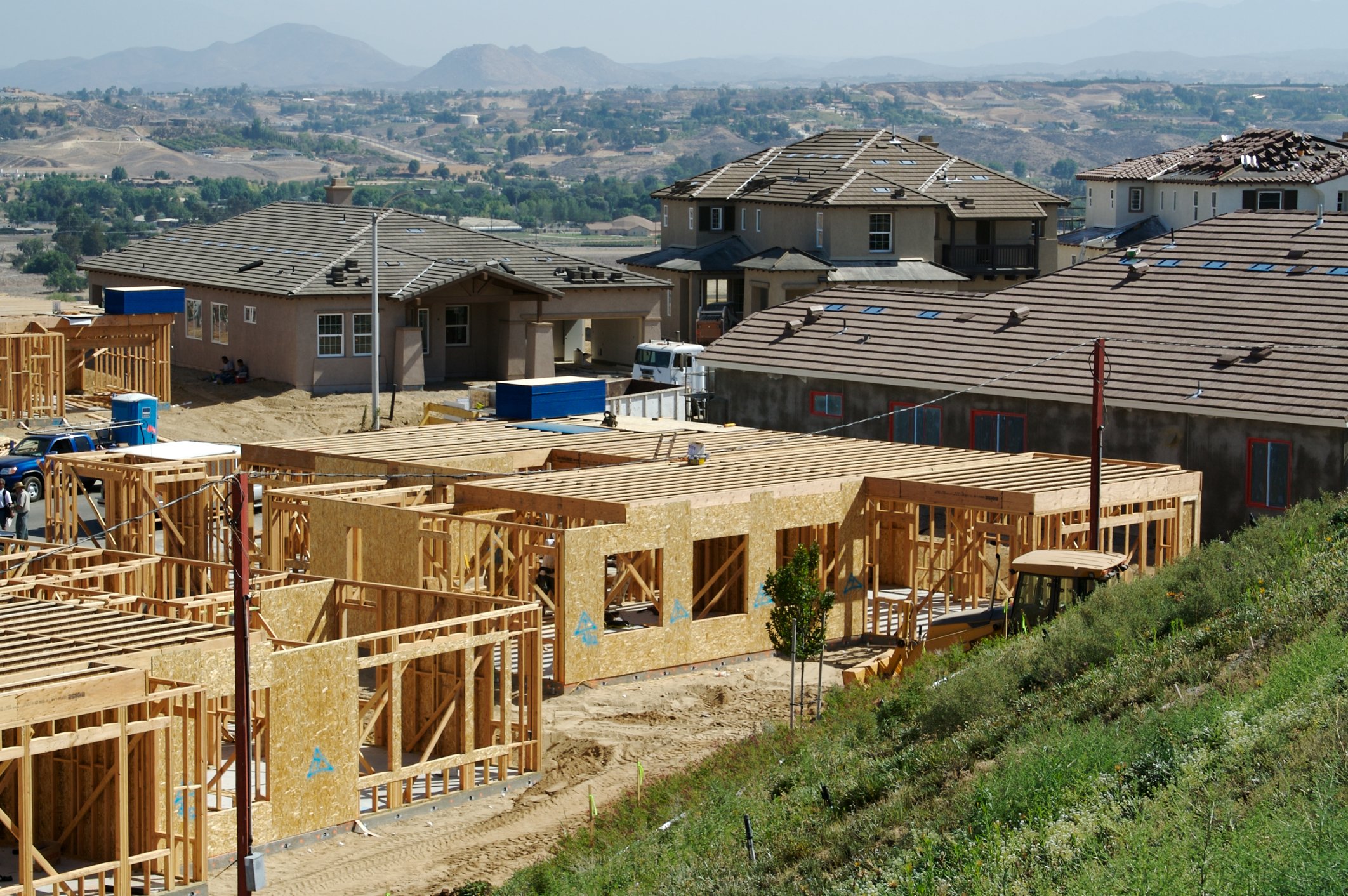
If you’re taking out a hard money loan, one thing to consider is setting up an interest reserve, which can cover the monthly payments for a few months or even the entirety of the loan — whichever you prefer. An interest reserve can be a great tool for managing the cash flow of a project, enabling you to focus on the building rather than the finances.
This blog post will cover how a hard money interest reserve works, including:
An interest reserve is an amount set aside at loan origination to cover the monthly payments. In hard money lending, where 12-month bridge loans are the most common, we'll often set aside 12 monthly payments from the loan proceeds at the close of escrow.
For example, if we’re funding a $1 million, 12-month bridge loan at 11% with a $9,166.67 monthly payment, the interest reserve held back at the close of escrow would be $110,000.
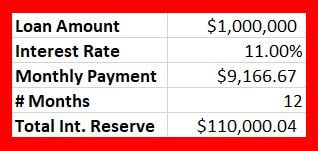
Interest reserve funds are placed with the loan servicer, assuming the lender uses outside loan servicing. If the lender services their loans in-house, they'll hold onto the funds and credit the account each month on the due date. Borrowers will receive monthly servicing statements reflecting funds applied to the previous payment and next payment due. The only difference is that borrowers don't have to write a check or have funds electronically drafted from their bank account – funds have already been set aside to service the debt.
When using an interest reserve on a 12-month bridge loan, borrowers don't have to set aside 12 payments. They can choose one, three, six, nine or whatever number of payments they need. The number of payments for the interest reserve is flexible for each borrower and situation.
Note: Consumer bridge loans do not allow for an interest reserve.
If you have a 12-month bridge loan with a 12-month interest reserve, and sell the property after eight months, you'll be refunded the remaining four months from the interest reserve account. The lender isn't entitled to those funds.
If you took out a 12-month hard money bridge loan with a six-month interest reserve, you would start making regular payments in month seven, until the loan is paid off either through a sale or refinance. The funds set aside at origination covered the first six months, but not the remainder of the term. The borrower must make on-time payments for the remaining months (7-12).
I see interest reserves used mostly in construction loans, which begin with an initial draw at the outset of the loan, with the balance increasing as funds are drawn to cover costs in the build.
Below is an example of a $4.5 million construction loan that started with an initial $1.5 million draw, followed by successive $1 million draws until the loan maxed out at $4.5 million.

During the underwriting period, the lender and borrower determine the costs and timeline, drawing a schedule and scope of work that calculates the interest reserve to set aside monthly, and for the overall loan. This example has a $337,497 total interest reserve to cover 15 months of stair-stepped payments known as Dutch Interest on the construction loan.
Stage Funding is when the payments increase as construction funds are drawn. Dutch Interest is where interest is charged on the entire loan amount of $4.5 million from day one. If the above example was funded with Dutch interest, the total amount owed over that 15-month period would be $562,500 ($37,500 x 15 payments) versus the $337,497 with stage funding.
Conclusion
Hard money interest reserves can be beneficial for real estate investors using bridge loans — and even better when used for construction loans. Interest reserves allow the investor to focus more on the project and less on the finances. The interest reserve can be as little as one month, or extend all the way to the maturity date, covering 12-24 months on a bridge loan. Any unapplied funds are returned to the borrower when the loan pays off. If the interest reserve runs out, the borrower is responsible for making on-time payments each month until it is paid off through a property sale or refinance.
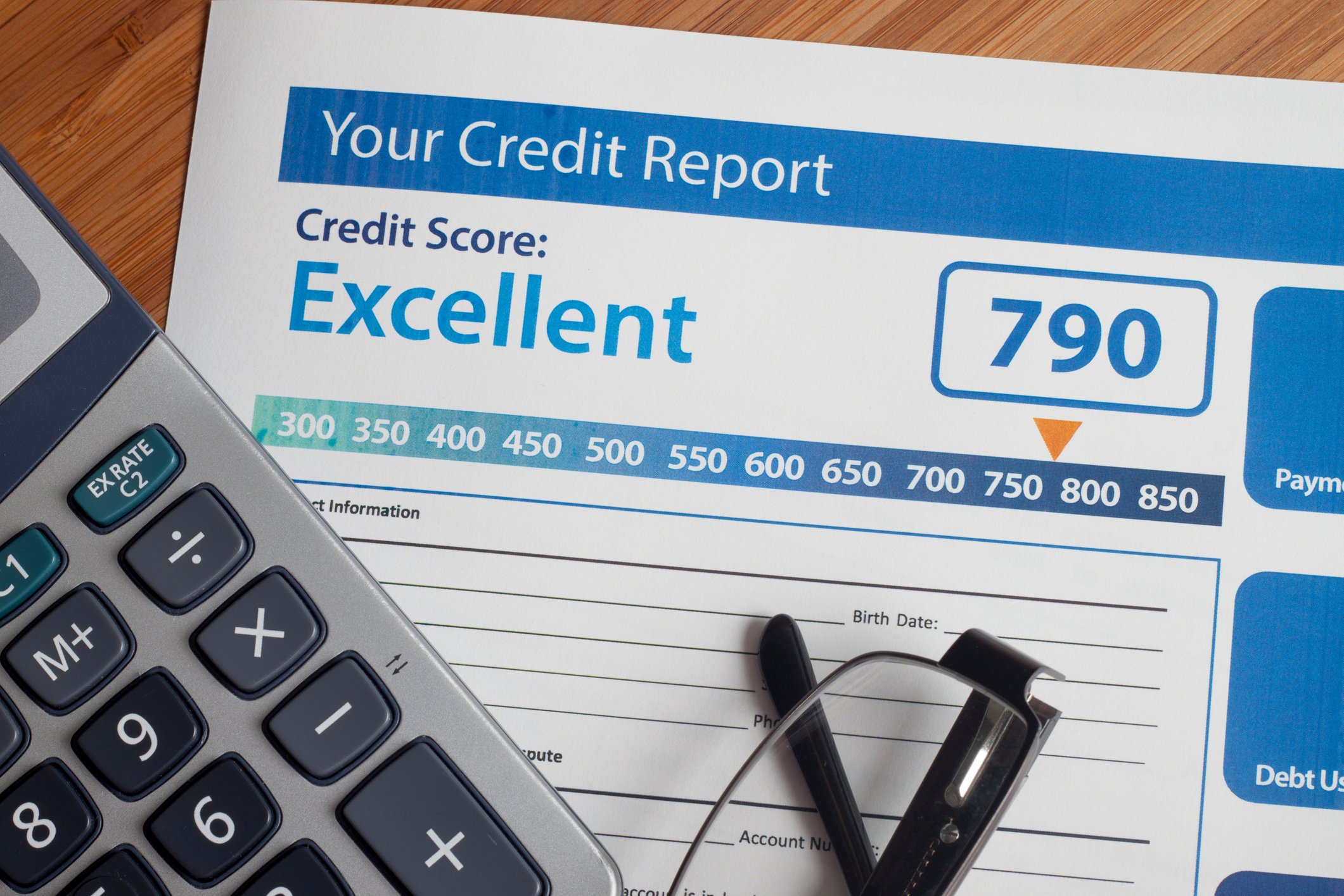
Many real estate investors new to hard money loans ask, “Does a hard money loan appear on my credit report?” This question comes up several times...
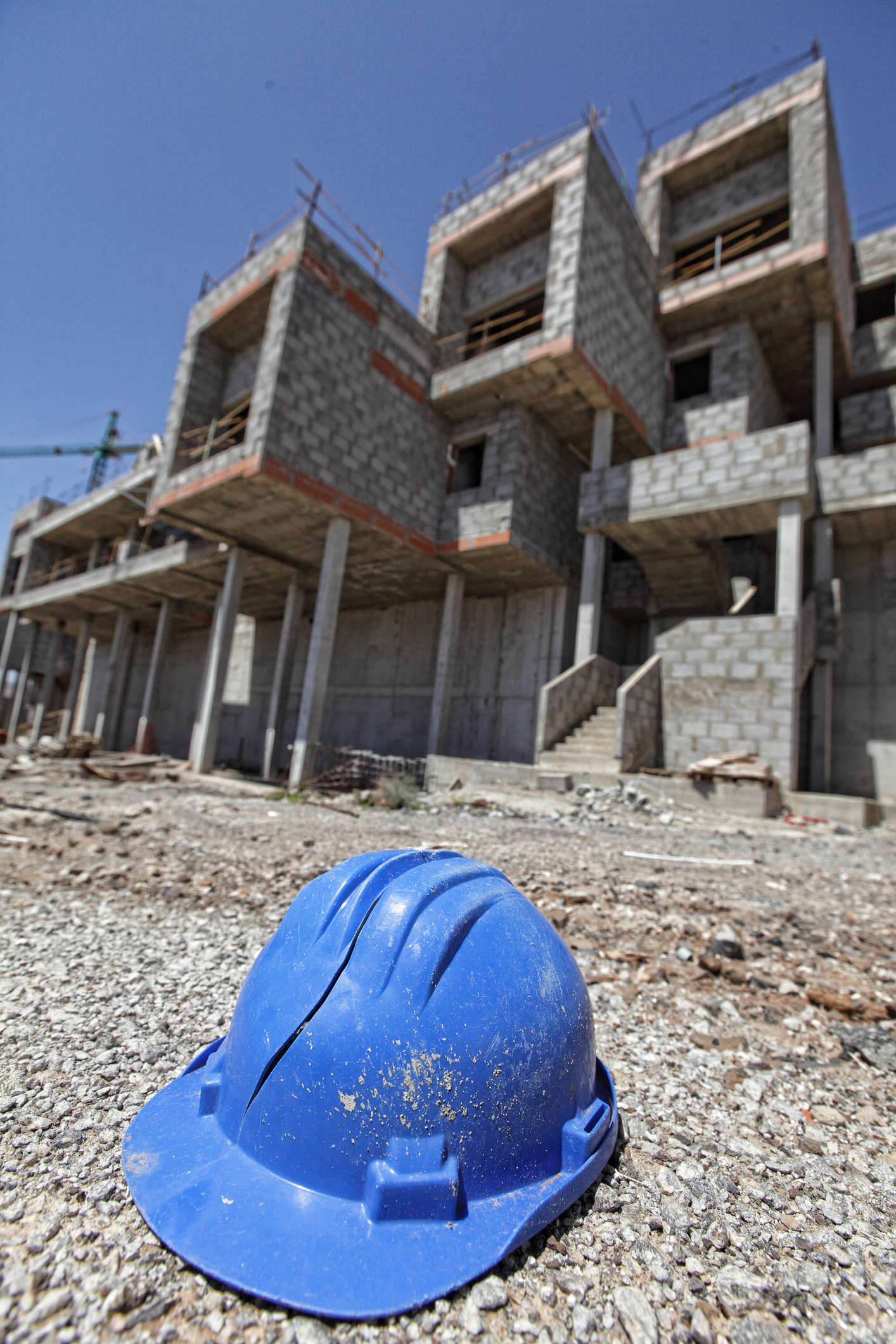
A hard money loan is a short-term asset-based, or equity-based, loan secured by real estate and funded by one or multiple private investors, rather...
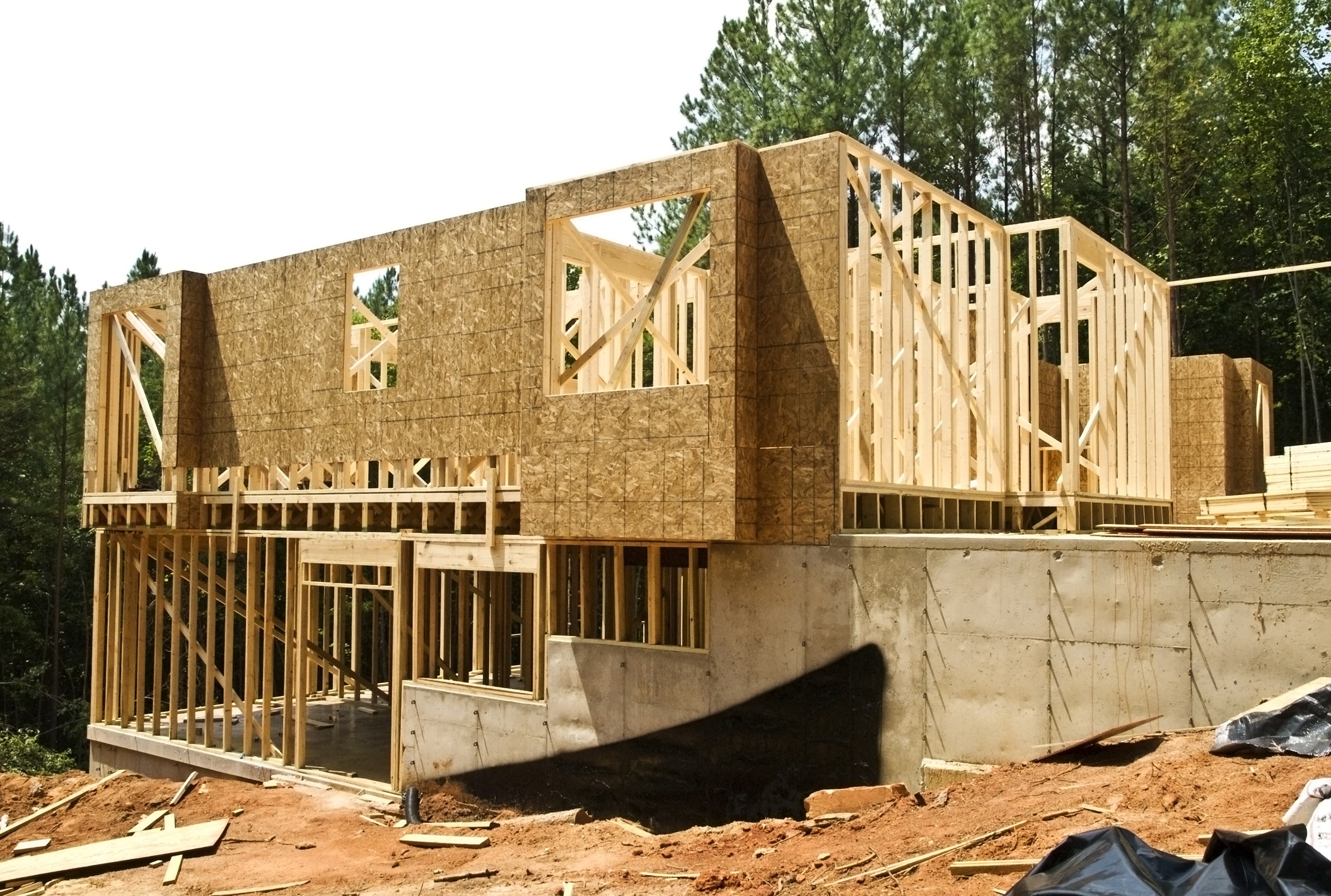
With a stage funding construction loan, the borrower only pays interest on the amount of money already disbursed. This means the borrower doesn't pay...